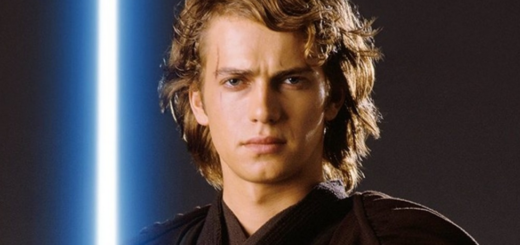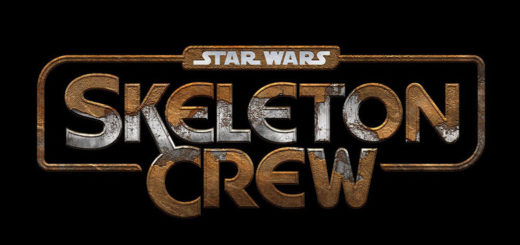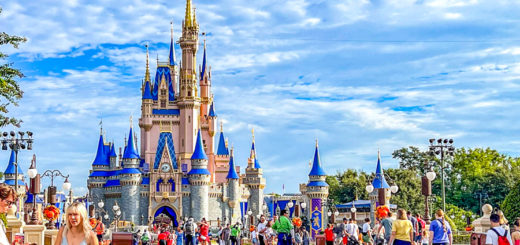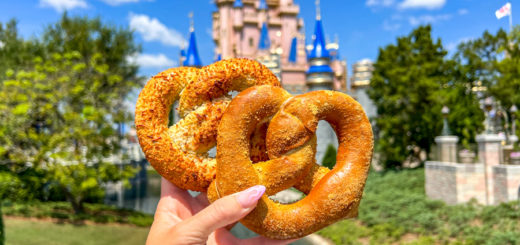Disney’s ESPN Plan Comes into Focus
With CEO Bob Iger weighing all his options, Disney’s former Linear Networks empire appears on the verge of collapse.
I’m not being hyperbolic when I say that because Iger might be the one intentionally doing the collapsing.
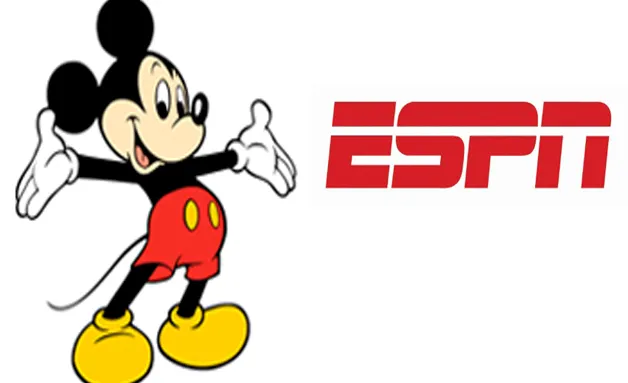

Photo: Deadline
The highly regarded leader is toying with the notion of selling Disney’s various Linear Networks assets, as he views the industry as a “zero growth business.”
Disney’s problem here – and it’s a good one to have – is that ESPN remains a strength.


Now, Disney must transition the Worldwide Leader into a streaming entity. How will Iger do that?
Thanks to a recent report, Disney’s ESPN plan has come into focus. Here’s what we know.
How ESPN Makes Its Money
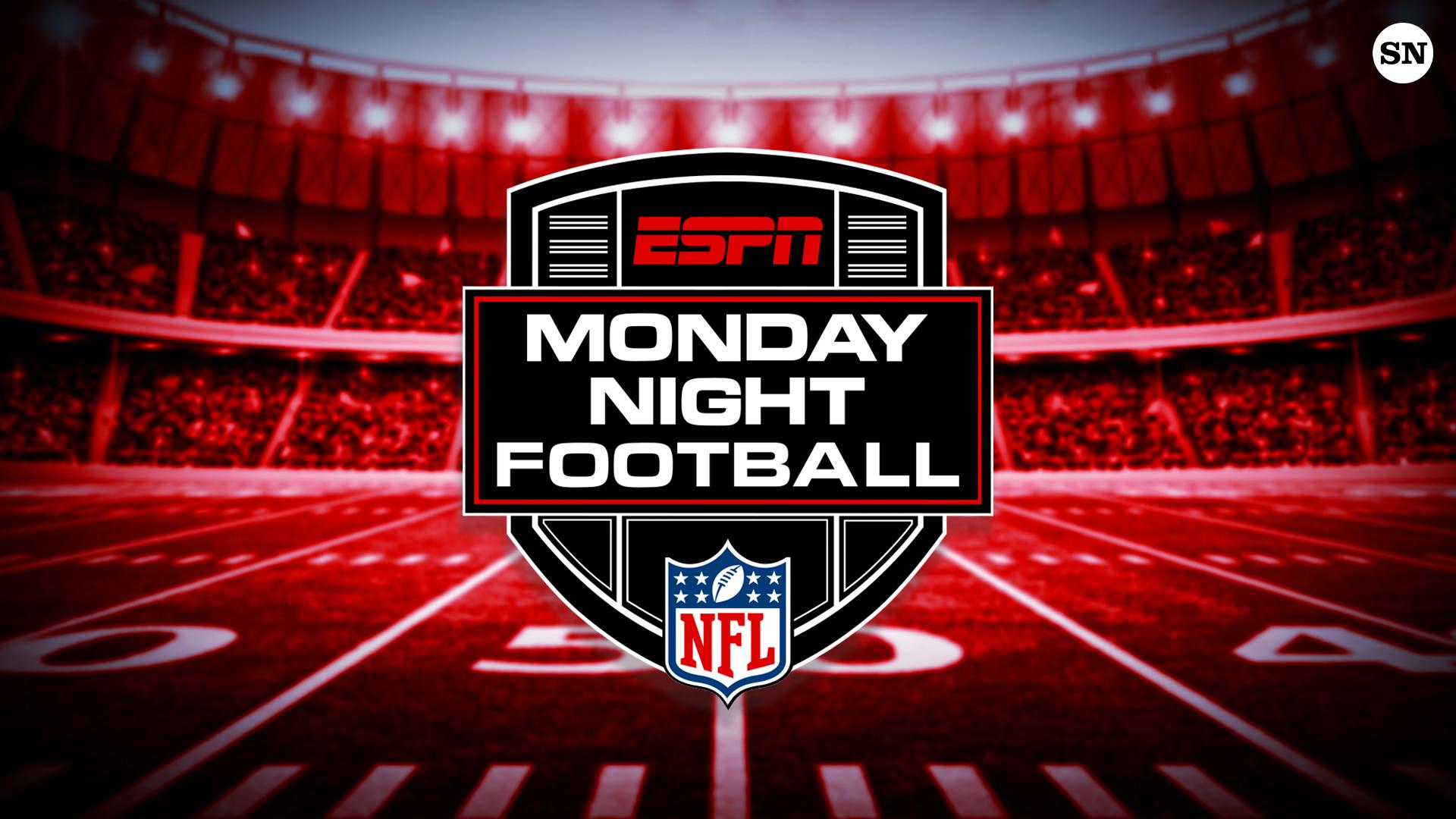

Photo: ESPN
Let’s start with the obvious.
The former ESPN business model no longer works.
Historically, ESPN earned most of its money via cable television, and while that’s still true, the circumstances are changing quickly.
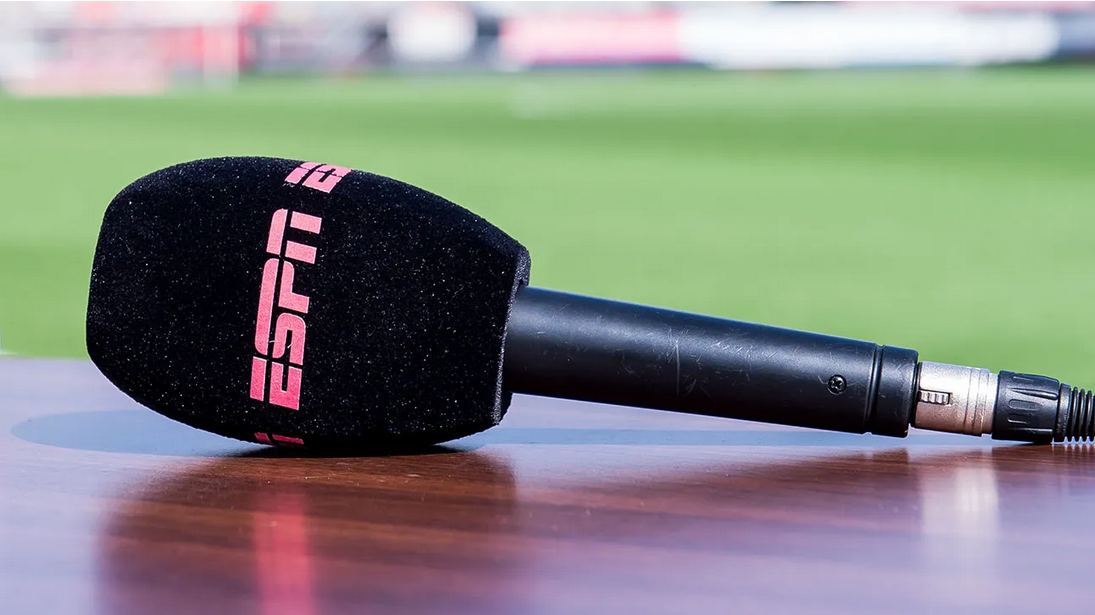

Photo: ESPN
For the first half of 2023, Disney’s cable networks earned $14 billion in revenue and $3 billion in profit, which remains exceptional.
According to an October 18th filing, ESPN alone registered $13.2 billion in revenue for the first nine months of fiscal 2023.
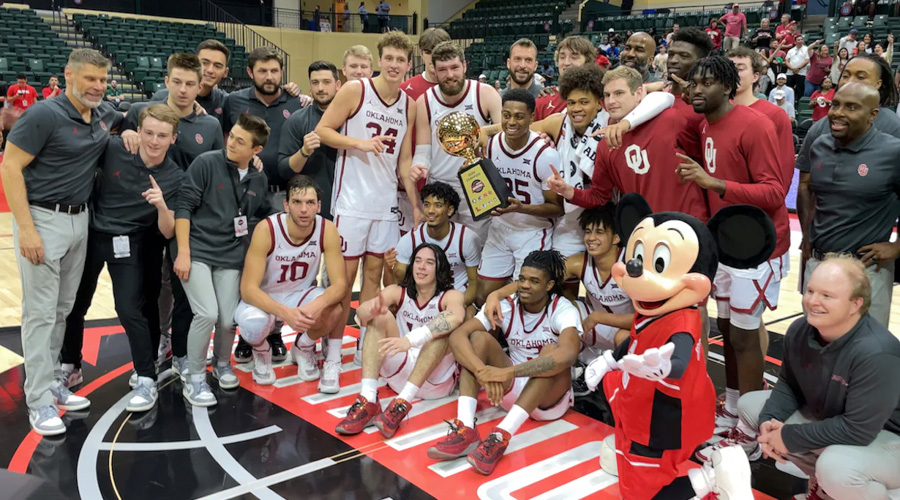

Photo: Disney
Still, these totals reflect a decline of six percent year-over-year across Disney’s holding and 1.3 percent for ESPN.
Also, the recent dust-up with Charter Spectrum wasn’t a one-off but rather a sign of what’s to come.
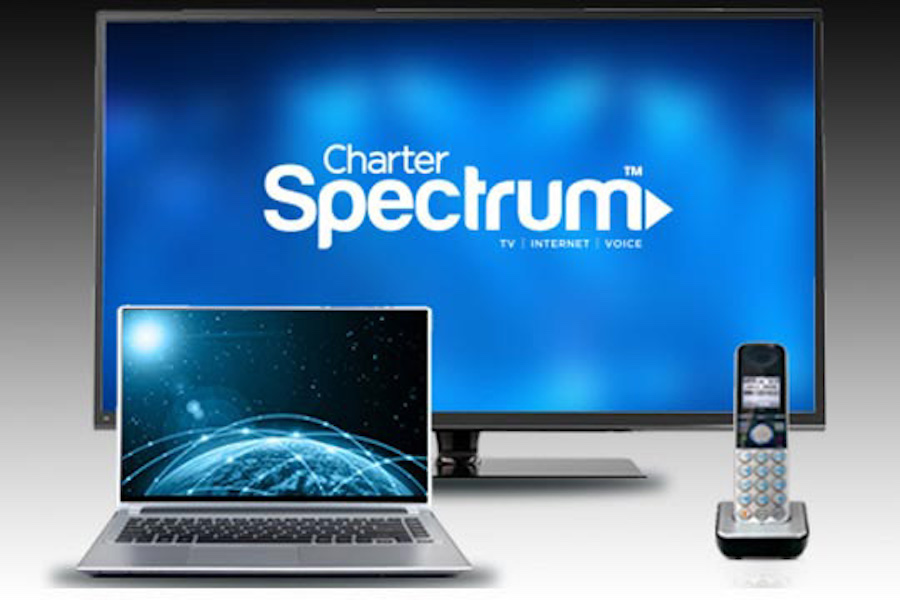

Photo: Media Play News
Cable services are losing customers at an exponential rate. When they raise prices, more customers cut the cord permanently.
So, cable companies only have one other realistic option for price cuts to offset subscriber losses. They can pay less in carriage fees.
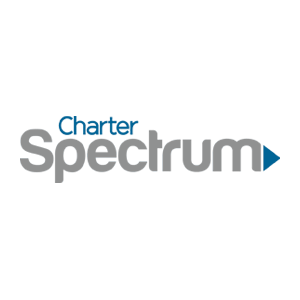

charter spectrum
ESPN has thrived due to carriage fees since Disney bought the business in 1995.
Currently, cable companies pay Disney $9.42 per subscriber for ESPN, whether the subscriber ever watches ESPN or not.
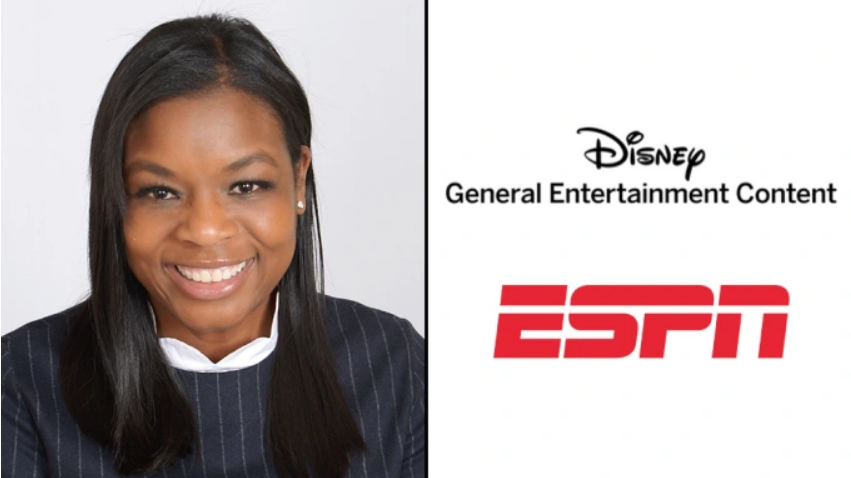

Photo: Deadline
That’s a good deal if you can find it. Consider how much more revenue your company would make if you earned money for every potential customer.
Disney’s recent Charter Spectrum agreement has increased the ESPN carriage fee to $10 per subscriber.


Credit: Disney
For a service with 14 million subscribers, that’s $140 million per month Disney earns from Charter Spectrum alone.
Overall, Disney grosses more than $700 million monthly just from carriage fees.
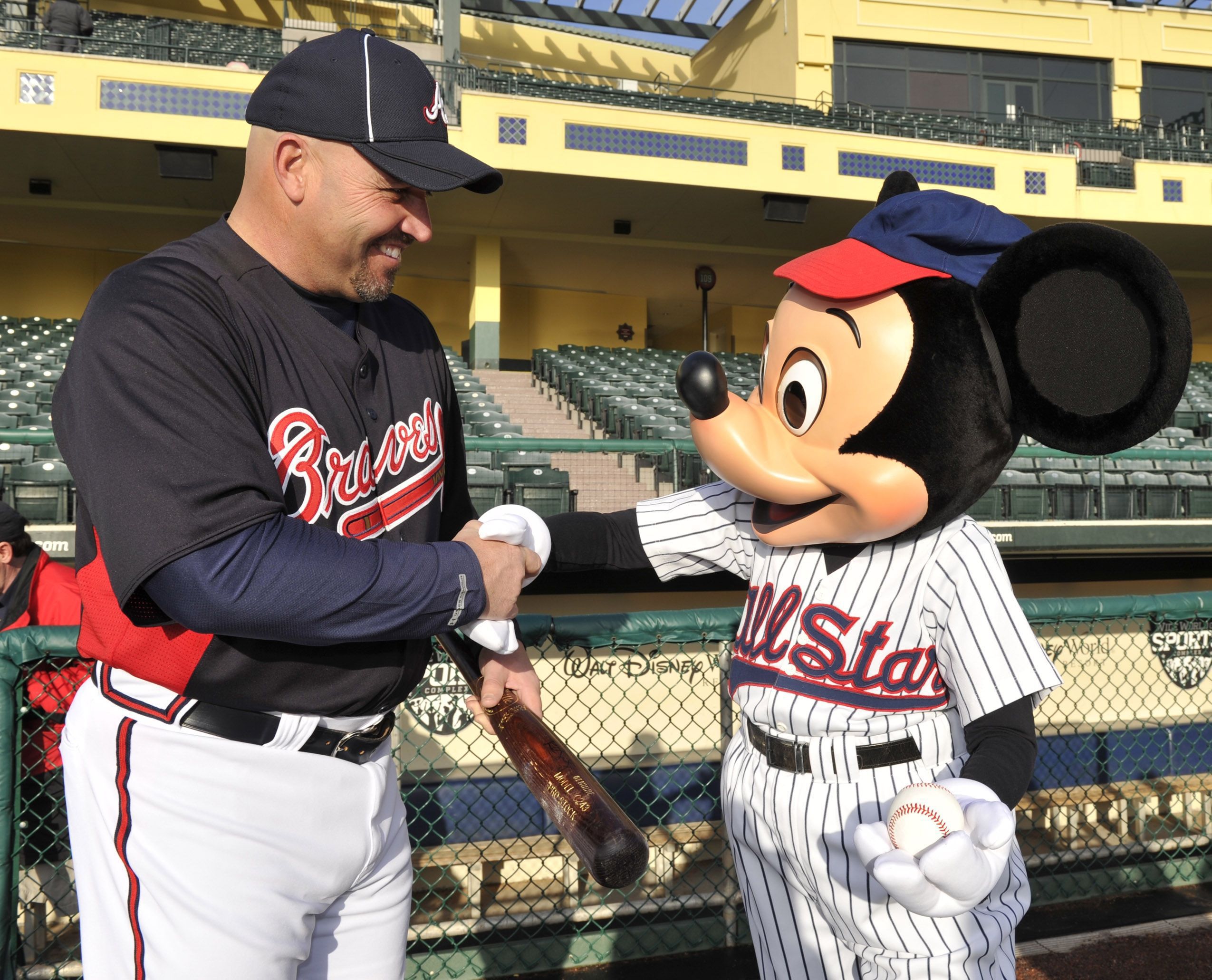

Photo: Disney
So, you can understand why the potential collapse of conventional linear television imperils Disney. And there’s an even worse problem.
The Impending Threat to ESPN
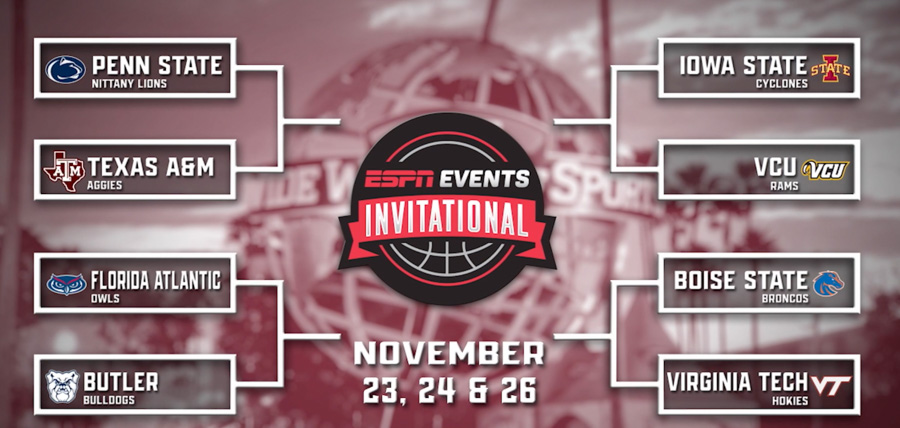

Photo: Disney
Let’s ignore the death of cable television as a format for the time being.
Instead, let’s focus on a developing problem that Disney faces.
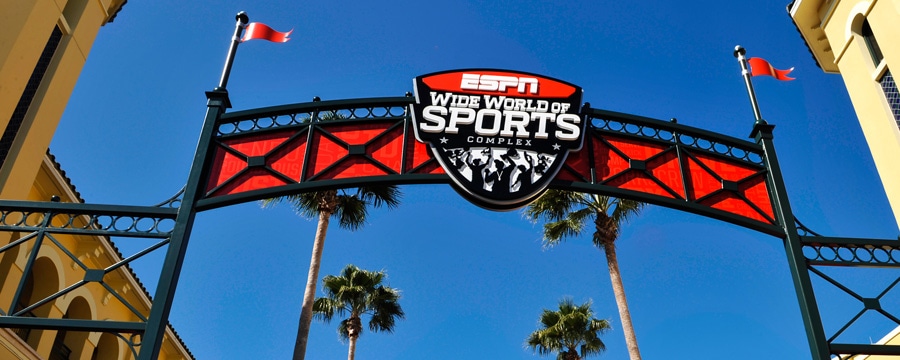

Former CEO Bob Chapek referred to Disney’s complex infrastructure as a flywheel, a mechanical term that indicates how growth creates momentum.
The glib version of that idea is that Disney operates as a machine that increases in power with each business achievement.


Photo:
Much of Disney’s flywheel relies on live sports. These events, like NFL and NBA games, gain more viewers than any other form of content today.
Disney uses that captured audience for marketing purposes. It broadcasts commercials for upcoming movies and Disney+ series, plus theme park ads.
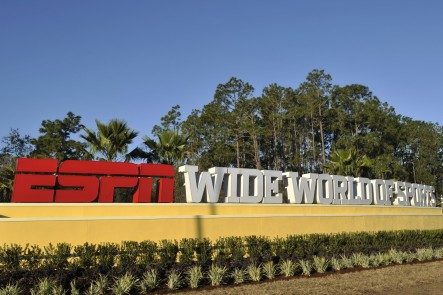

Credit: Disney
Thanks to the company’s exceptional vertical integration, Disney can leverage ABC and ESPN into free advertising for other products and services.
This model relies on two facts. The first is that Disney maintains the licensing rights for sports like the NFL and NBA.
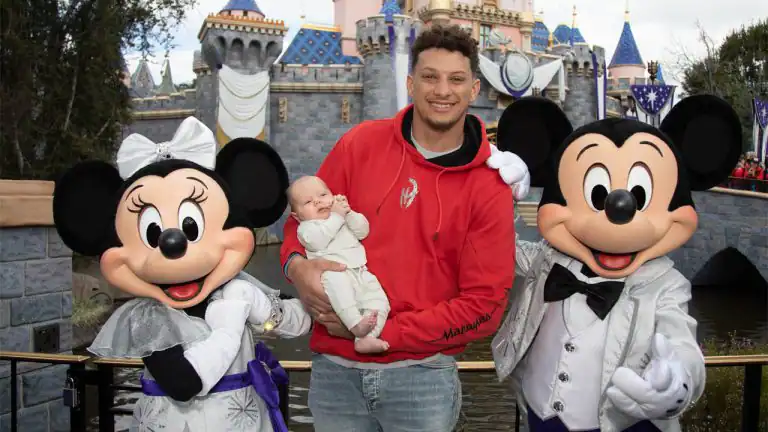

Photo: Disney
The second is that the price model makes sense.
Theoretically, anybody could do the same thing, but only Disney has done it in a way that’s profitable.
This price model comes with a flaw because the cost of sports licensing rates is increasing at an exponential rate.


Photo: Disney
Meanwhile, the number of cable customers has shrunk in recent years.
Now, Disney faces unprecedented competition for sports licensing as well.
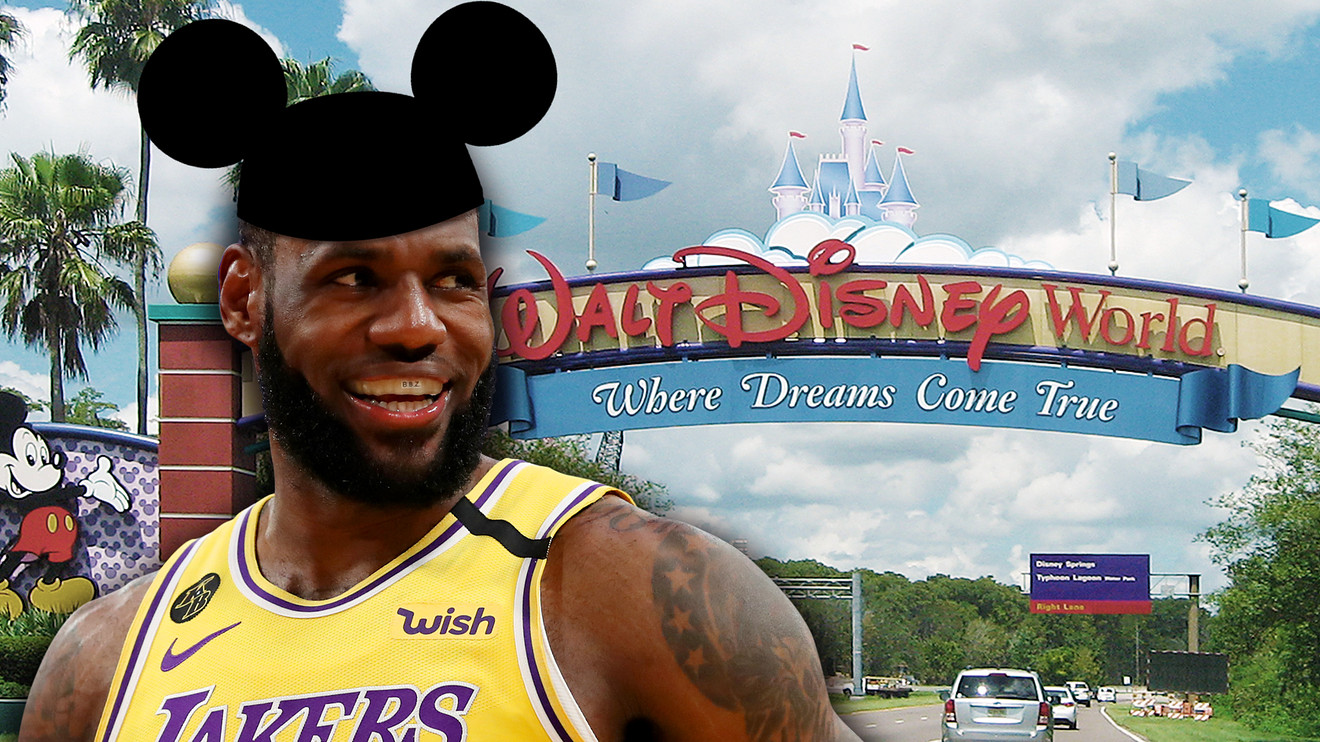

Photo: MARKETWATCH PHOTO ILLUSTRATION/GETTY IMAGES
Companies like Google, Apple, and Amazon have entered the mix. As I type this, those three companies have an average market cap of nearly $2 trillion.
Disney’s market cap is around $160 billion. It’d be like you trying to win an eBay auction against LeBron James. You won’t claim the highest bid.
Disney’s Two-Partner Gambit
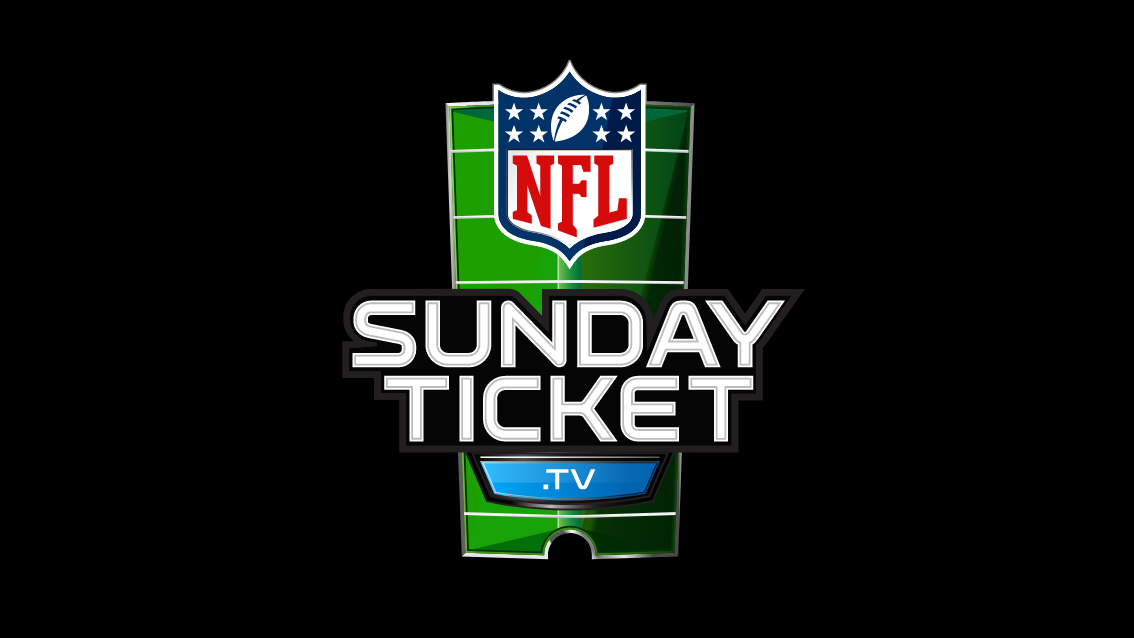

I can reinforce this statement with facts.
Google recently won the bidding war for NFL Sunday Ticket, while Amazon claimed NFL Thursday Night Football.
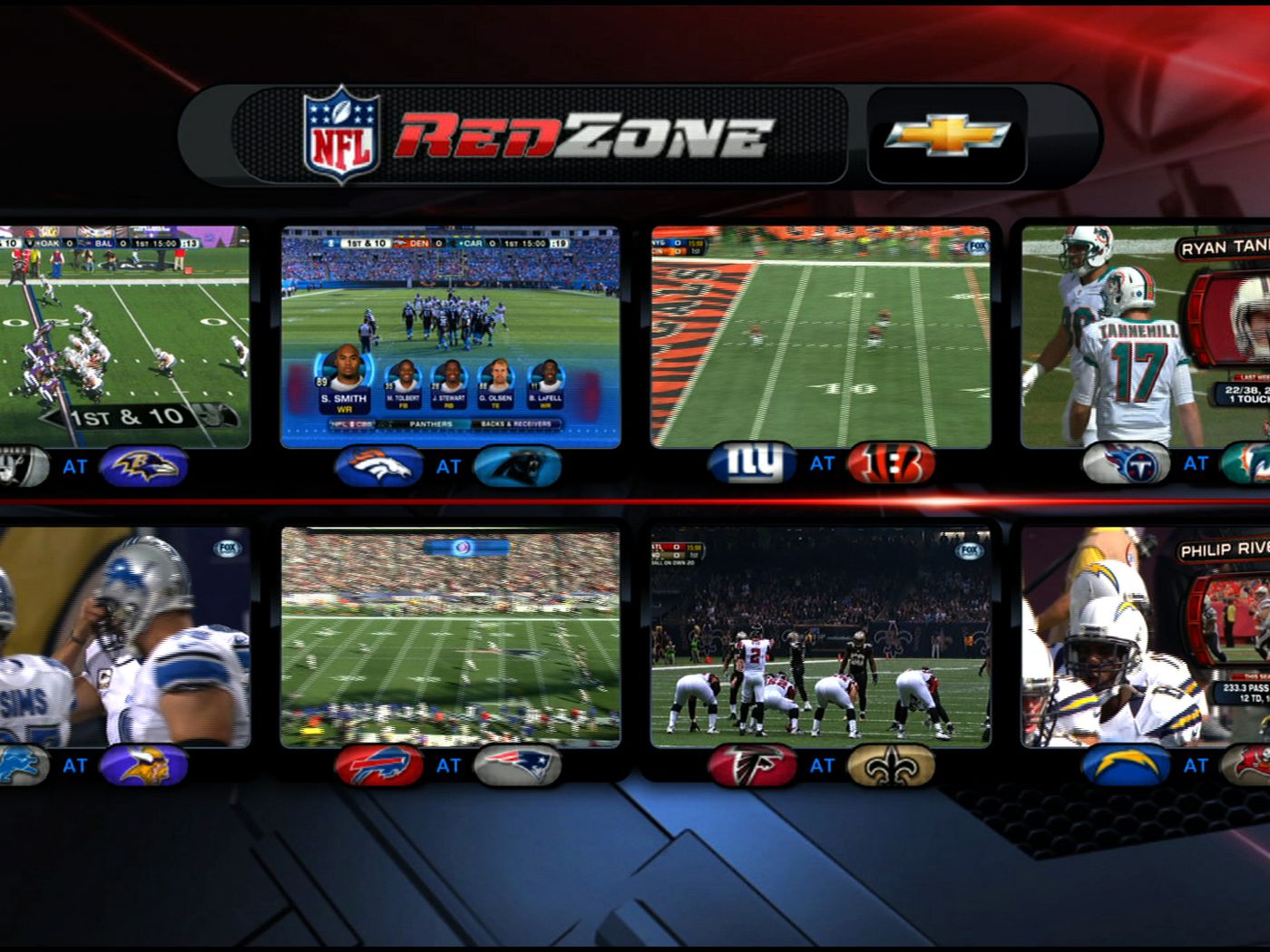

Photo: NFL
Disney cannot outbid Google or Amazon for anything. What the company can do is apply the old maxim, “If you can’t beat ‘em, join ‘em.”
According to sports analyst Andrew Marchand, that’s Disney’s new strategy with ESPN.
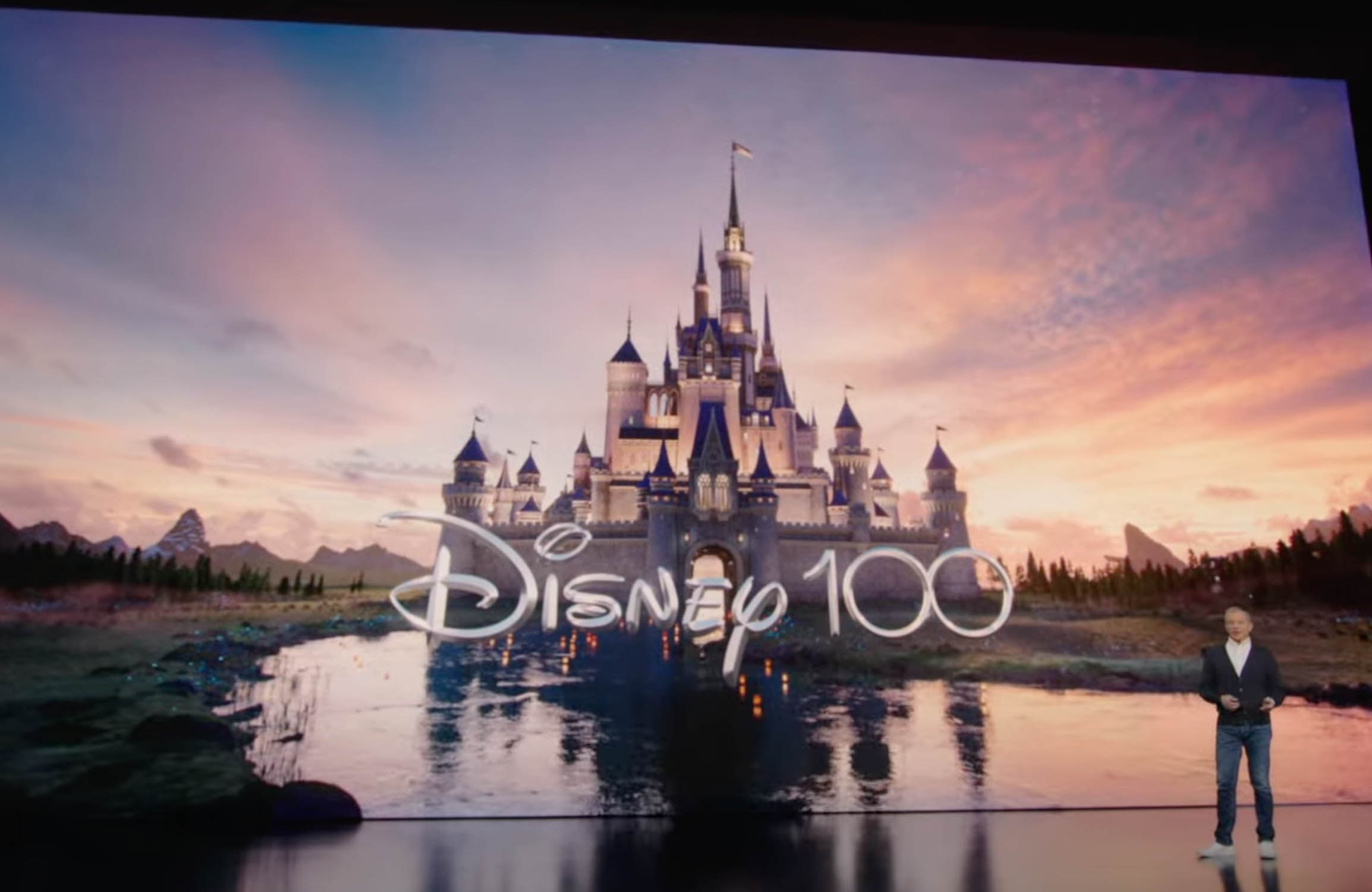

Photo: Apple
Currently, Disney owns 80 percent of the Worldwide Leader, with Hearst Communications claiming the other 20 percent.
In a perfect world, Disney would sell an ownership stake in ESPN to interested outside parties.


Photo: AppleInsider.com
Specifically, Disney prefers two partners, and I’ll explain why. In an attempt to modernize ESPN, Disney needs two things.
One is distribution, and the other is deep pockets. In terms of distribution, Disney would like a mobile company whose service automatically guarantees subscribers.


Photo: Arne Beruldsen/Shutterstock spiderman777/Shutterstock (Licensed) Remix by Jason Reed
ESPN currently reaches about 72 million homes in the United States. ESPN+ has only converted 25.2 million of those customers to streaming.
In other words, Disney has lost nearly one-third of its subscriber base by adding a digital streaming service.
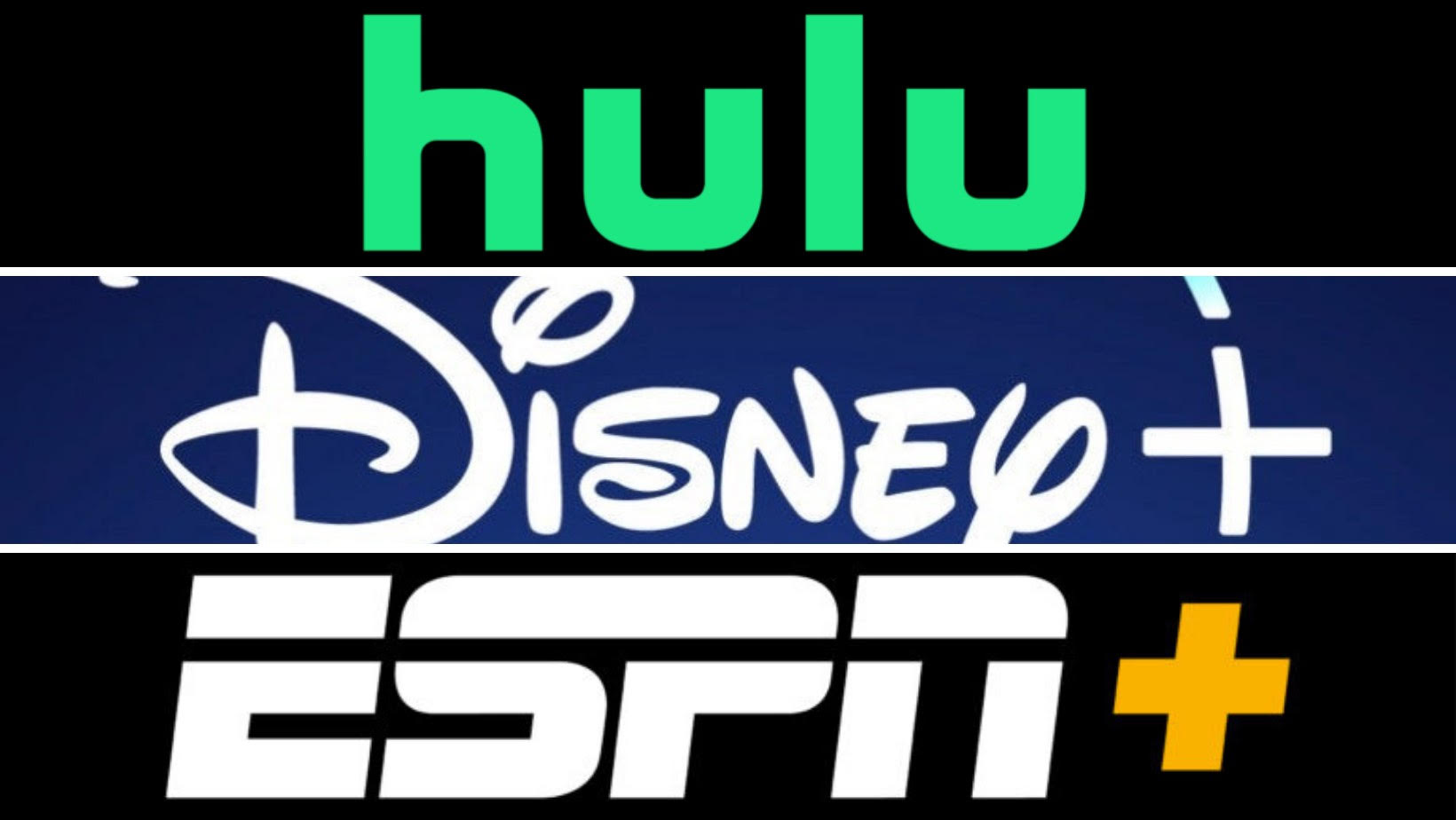

Photo: Walt Disney Company
By the end of 2025, ESPN will switch to a fully digital product, which means all the prior cable television content will be available on ESPN+.
Disney simply cannot pay for that after losing $700+ million a month in carriage fees. That’s bankruptcy math right there.
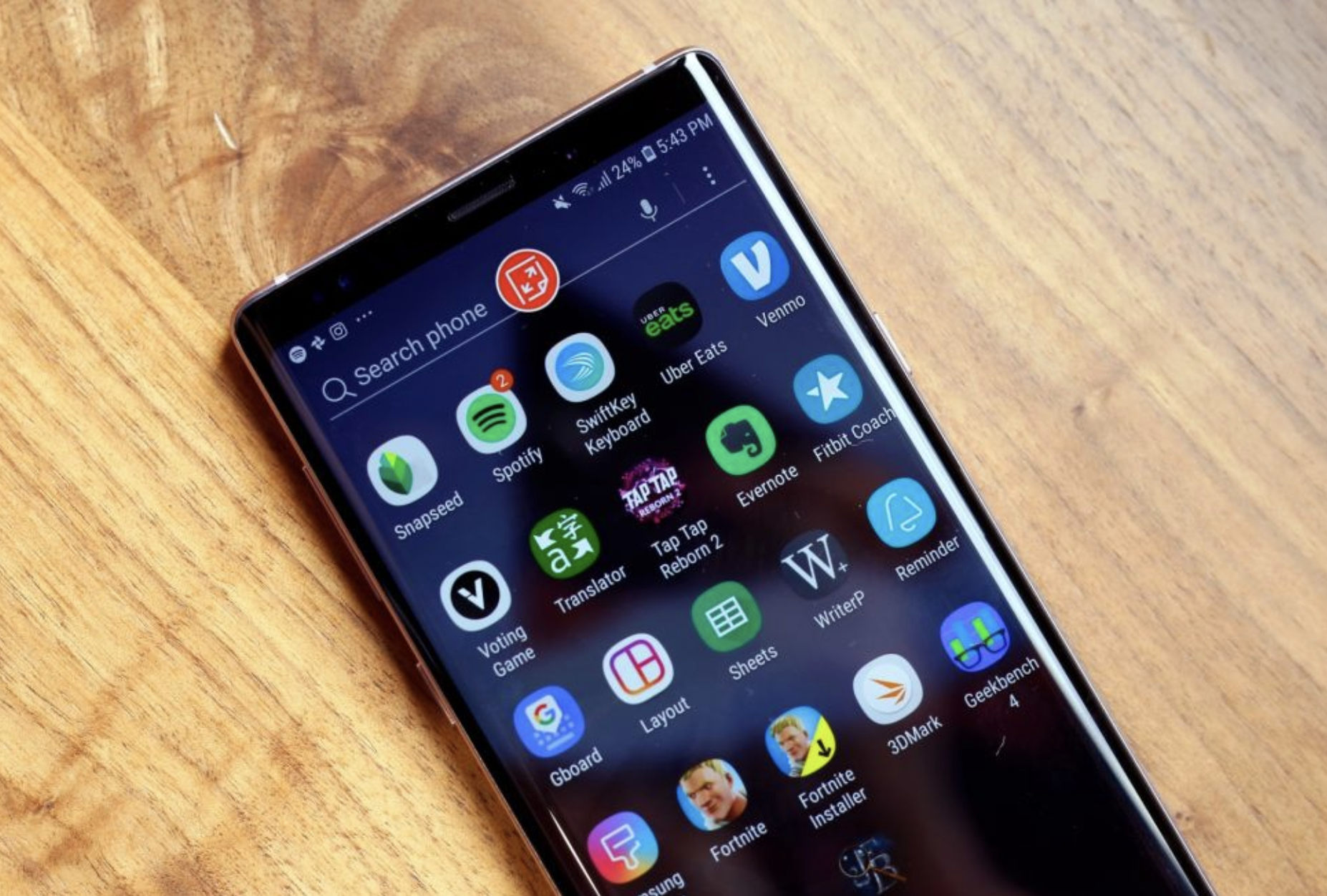

Photo Source: Engadget
However, cellular services like T-Mobile, Sprint, and Verizon all claim subscriber totals of 116 million or higher.
If Disney cut a deal with one of these companies, it’d actually increase the number of potential ESPN viewers rather than losing them.
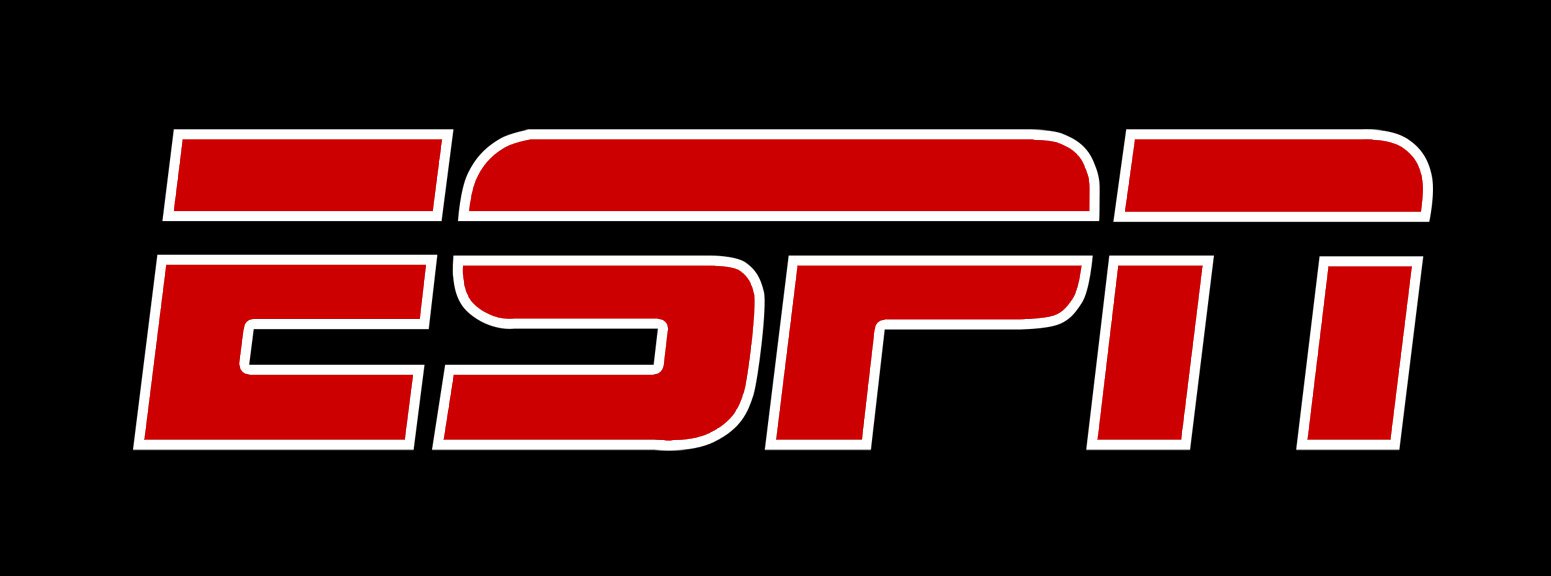

Still, a cellular service likely isn’t interested in bidding on sports licensing fees. That’s where a second partner comes into play.
Disney’s ESPN Plan Comes into Focus
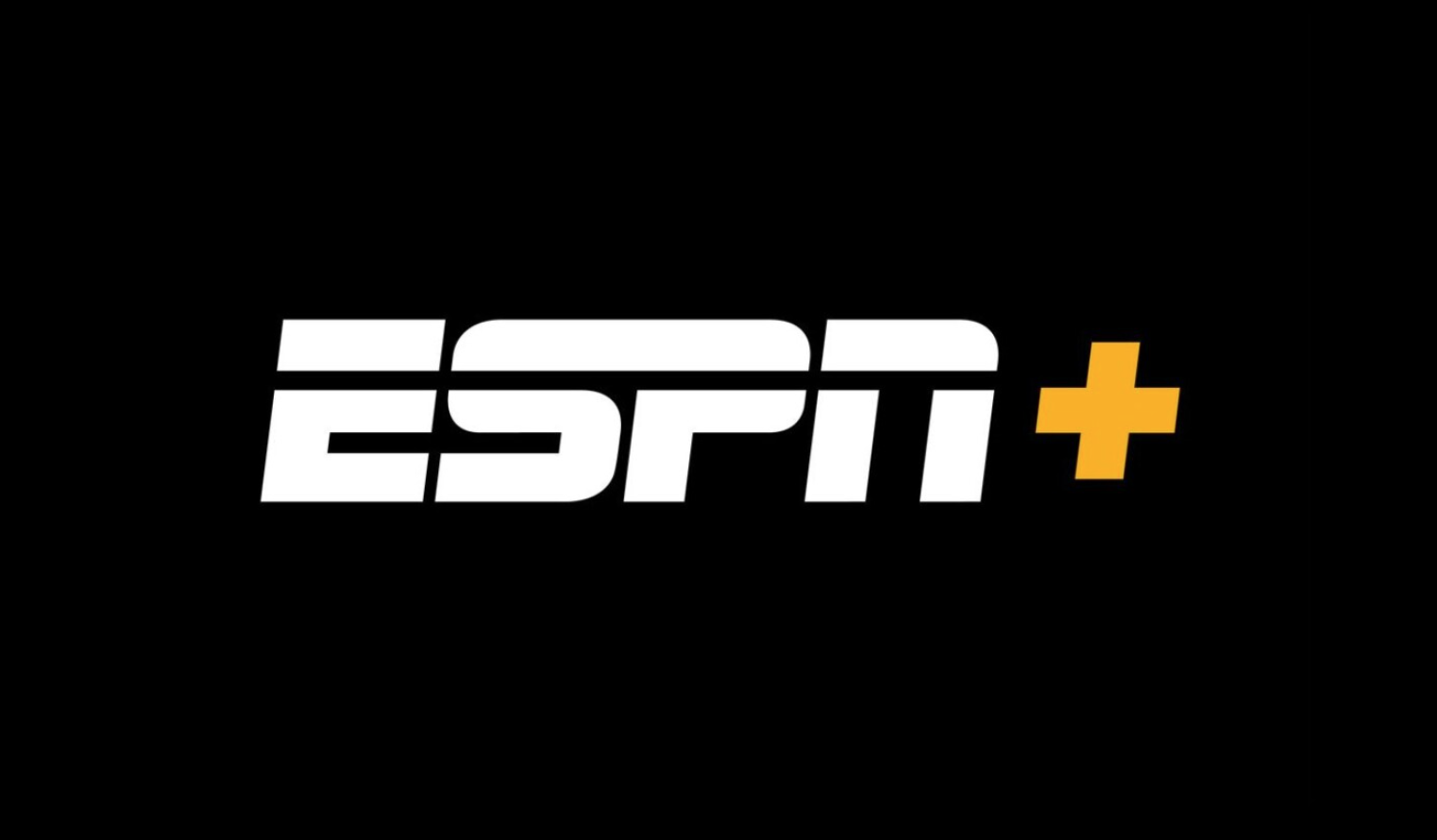

Photo: ESPN+
In a perfect world, a digital company like Apple would pay those rights in exchange for adding ESPN content to its streaming library.
Currently, Apple hosts a modest amount of live sports programming.


Apple offers MLB Friday Night Baseball and caught a break by gaining MLS soccer rights just before Lionel Messi joined the league.
Everyone knows that Apple would like to do more, though.
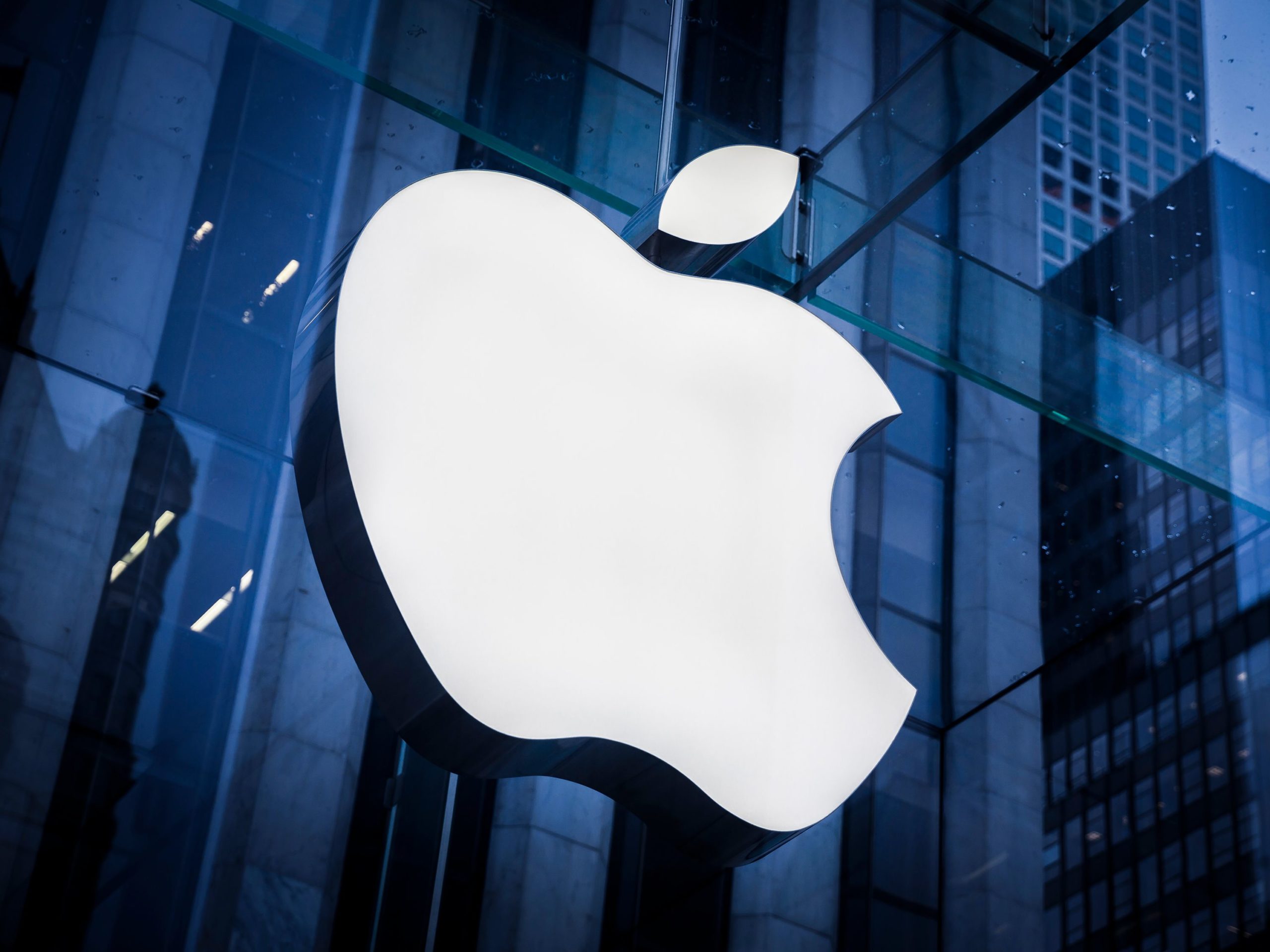

Photo: CNN
Similarly, Amazon uses Prime Video as a hook to keep people subscribing to Amazon Prime.
Could one of these trillion-dollar digital companies view sports licensing as a loss leader in exchange for the live sports benefits Disney has unearthed over the past 30 years?


Photo: Amazon
Disney believes the answer is yes, and the company is willing to sell ten percent of ESPN to someone who would agree to this sort of deal.
We don’t know whether that’s ten percent to each entity or a split of ten percent among the mobile platform and digital company, though.


By selling five percent each to a digital company and a mobile platform, Disney could lessen the financial impact of sports licensing rights price increases.
Also, ESPN would gain a larger built-in subscriber base for its content, thereby giving Disney more potential customers to market with ads.
Final Thoughts
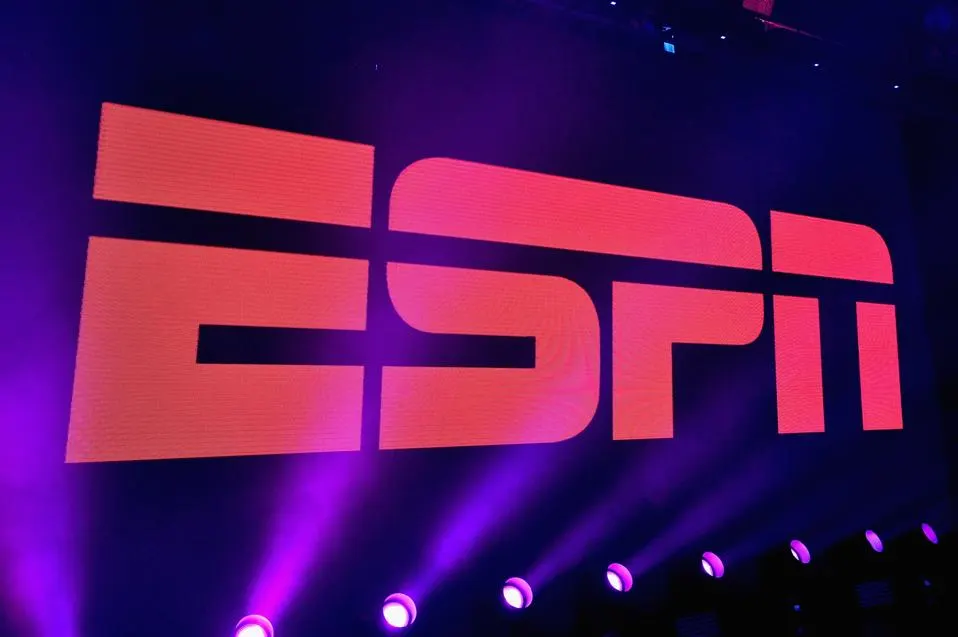

Photo:GETTY IMAGES FOR ESPN
The question about Disney’s plan is whether a digital company views ESPN as a still-thriving business.
After all, some would argue ESPN’s revenue model has been permanently disrupted.
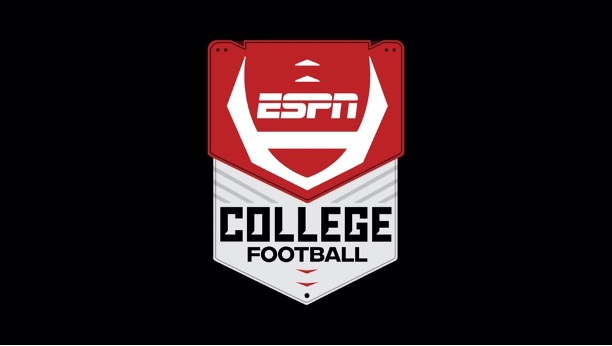

Image Credit: ESPN
Similarly, would a mobile platform like the idea of acquiring ESPN streaming rights for live sports if a competitor like Apple TV+ or Amazon Prime Video has them, too?
That automatically cuts their number of potential users in half for what’s likely an expensive investment of several billion dollars.


Photo: Disney Parks
These questions aren’t easy to decipher, as ten different analysts would likely provide ten different answers.
Personally, I suspect the ESPN brand still matters enough that Disney will find willing business partners.
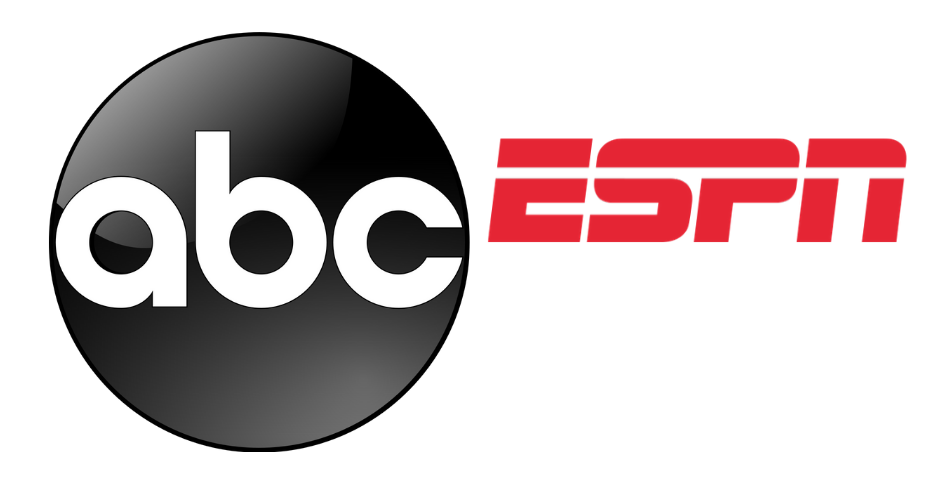

Image Credit: ESPN/ABC
However, the digital company and/or mobile platform will likely expect larger ownership interests than ten percent, though.
In short, Disney’s ESPN plan would definitely help Disney. Would it help the two partners Disney would like to entice, though? That remains to be seen.


Photo: MickeyBlog
Thanks for visiting MickeyBlog.com! Want to go to Disney? For a FREE quote on your next Disney vacation, please fill out the form below, and one of the agents from MickeyTravels, a Diamond Level Authorized Disney Vacation Planner, will be in touch soon!



